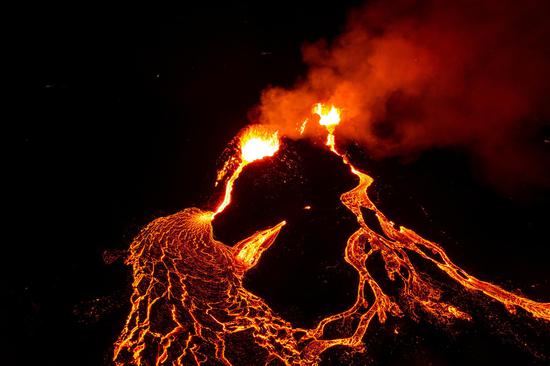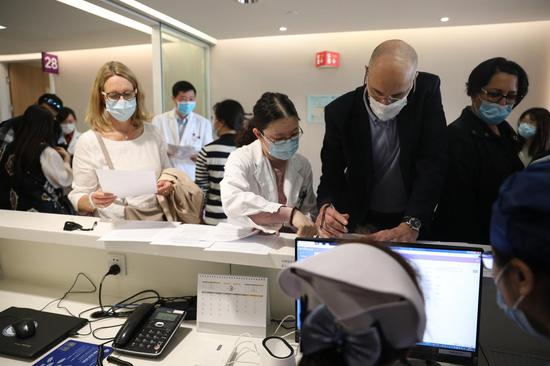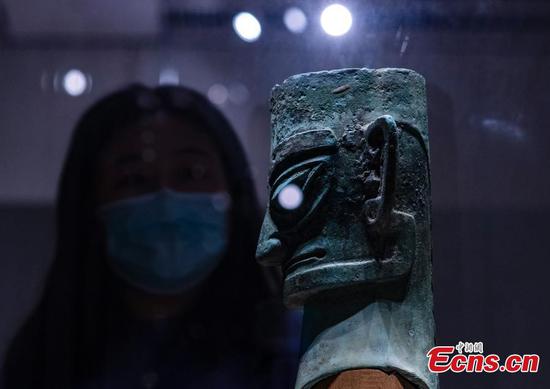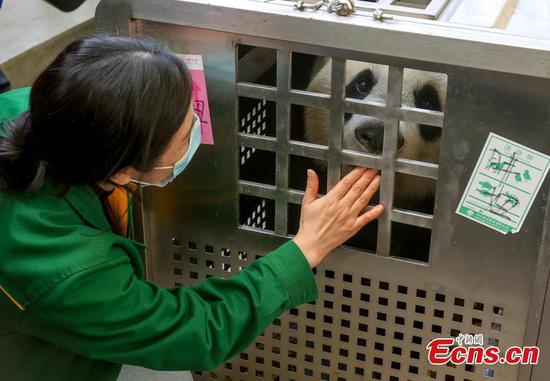A joint World Health Organization-China study on the origins of COVID-19 says that transmission of the virus from bats to humans through another animal is the most likely scenario and that a lab leak is "extremely unlikely," according to a draft copy obtained by The Associated Press (AP).
The findings offer little new insight into how the virus first emerged and leave many questions unanswered. But the report does provide more details on the reasoning behind the researchers' conclusions.
The team proposed further research in every area except the lab leak hypothesis – a speculative theory that was promoted by former U.S. President Donald Trump among others. It also said the role played by a seafood market where human cases were first identified was uncertain.
The report, which is expected to be made public Tuesday, is based largely on a visit by a WHO team of international experts to Wuhan. The mission was never meant to identify the exact natural source of the virus, an endeavor that typically takes years. For instance, more than 40 years of study has still failed to pinpoint the exact species of bat that are the natural reservoir of Ebola.
In the draft obtained by the AP, the researchers listed four scenarios in order of likelihood for the emergence of the new coronavirus. Topping the list was transmission from bats through another animal, which they said was from likely to very likely. They evaluated direct spread from bats to humans as likely, and said that spread to humans from the packaging of "cold-chain" food products was possible but not likely. They dismissed the possibility of a lab leak, saying such laboratory accidents are rare, that the labs in Wuhan were well-managed and there is no record of viruses closely related to the coronavirus in any laboratory before December 2019.
Read more: WHO expert: Former CDC director's virus leak claims are 'damaging'
While it's possible an infected animal contaminated packaging that was then brought to Wuhan and infected humans, the report said the probability is very low.
Mark Woolhouse, an epidemiologist at the University of Edinburgh, said even that "very low probability" was an overstatement. "There's no compelling evidence of people actually being infected through packaging," he said, calling the theory "far-fetched."
Woolhouse said it was possible the source of COVID-19 might never be identified.
"The emergence of a new [disease] is always a sequence of unlikely events," he said. "It's hard to be definitive and rule anything out." But he said most scientists agree that bats are the most likely source.
Bats are known to carry coronaviruses and, in fact, the closest relative of the virus that causes COVID-19 has been found in bats.
The report said highly similar viruses have been found in pangolins, but scientists have yet to identify the same coronavirus in animals that has been infecting humans.
The report is inconclusive on whether the outbreak started at a Wuhan seafood market that had one of the earliest clusters of human cases in December 2019. Research published last year in the journal Lancet suggested the market may have merely served to further spread the disease rather than being its source.


















































